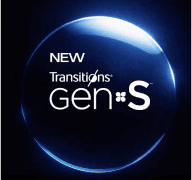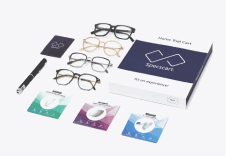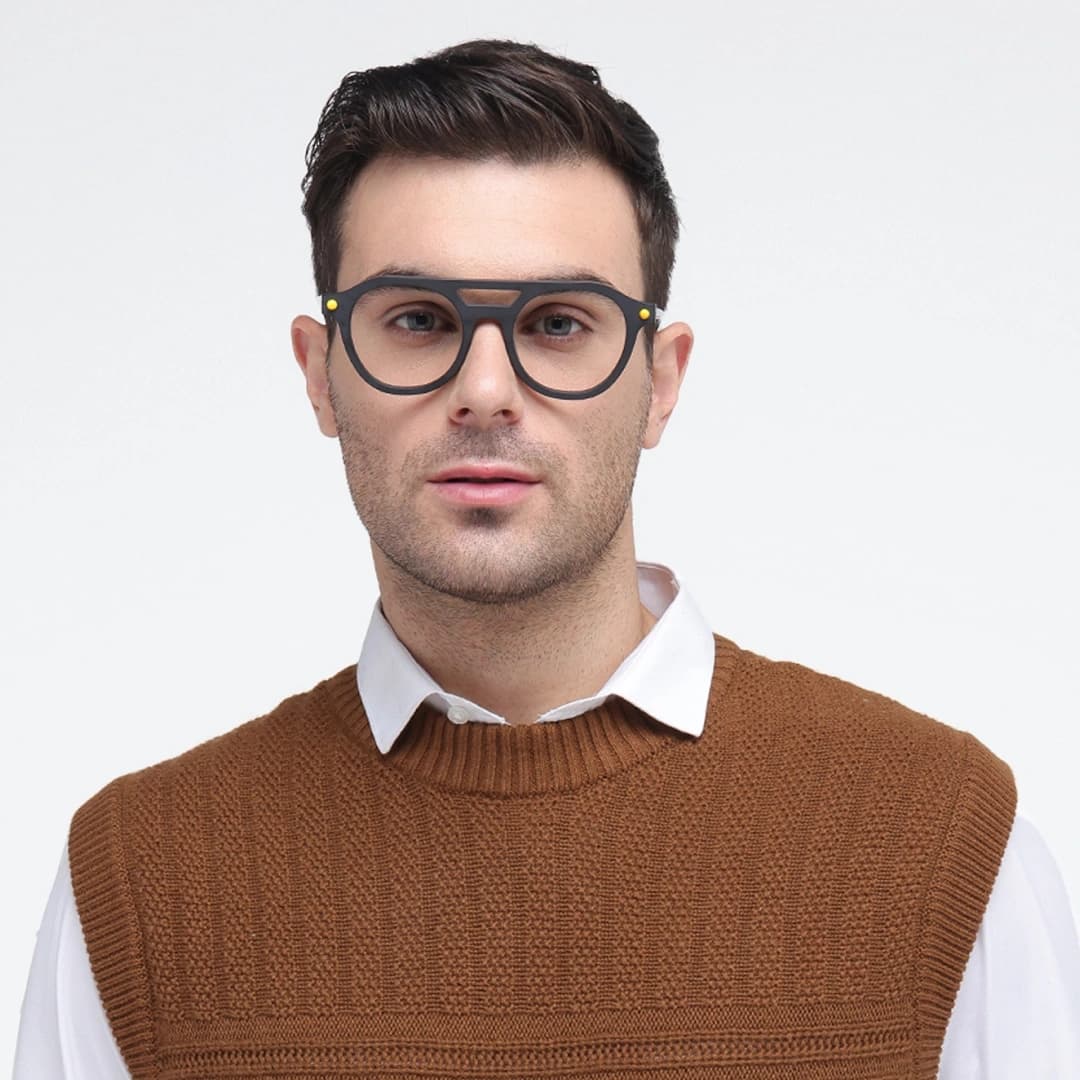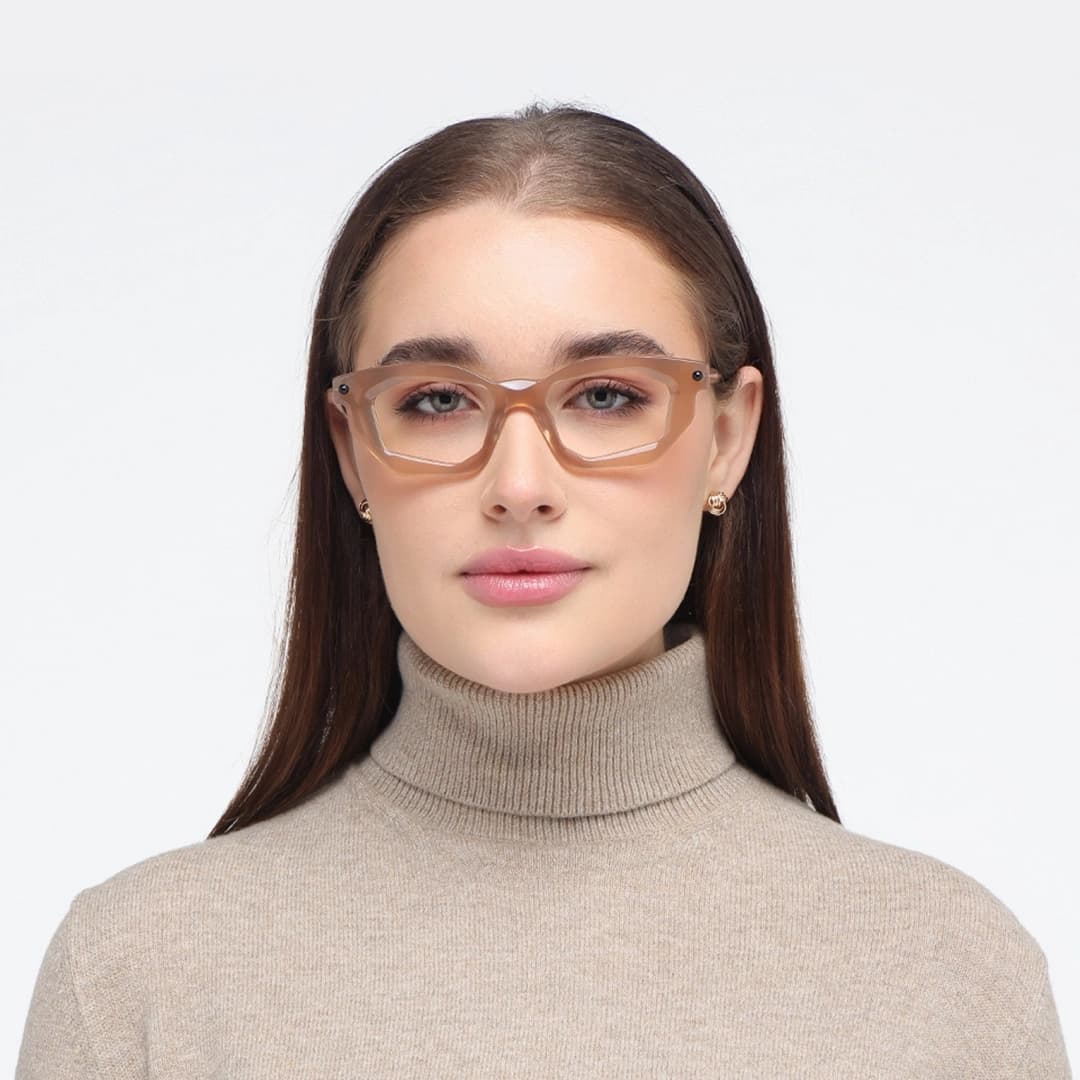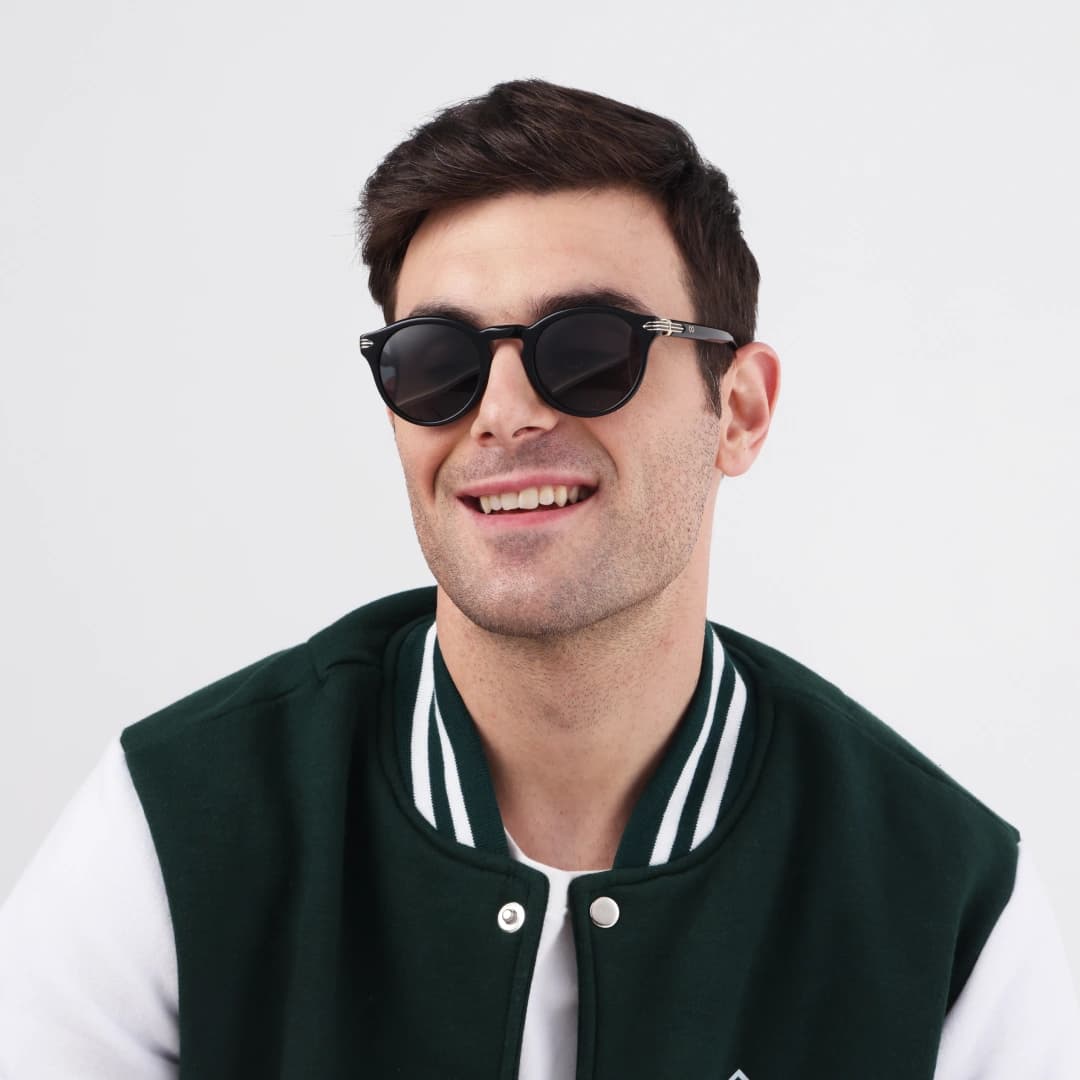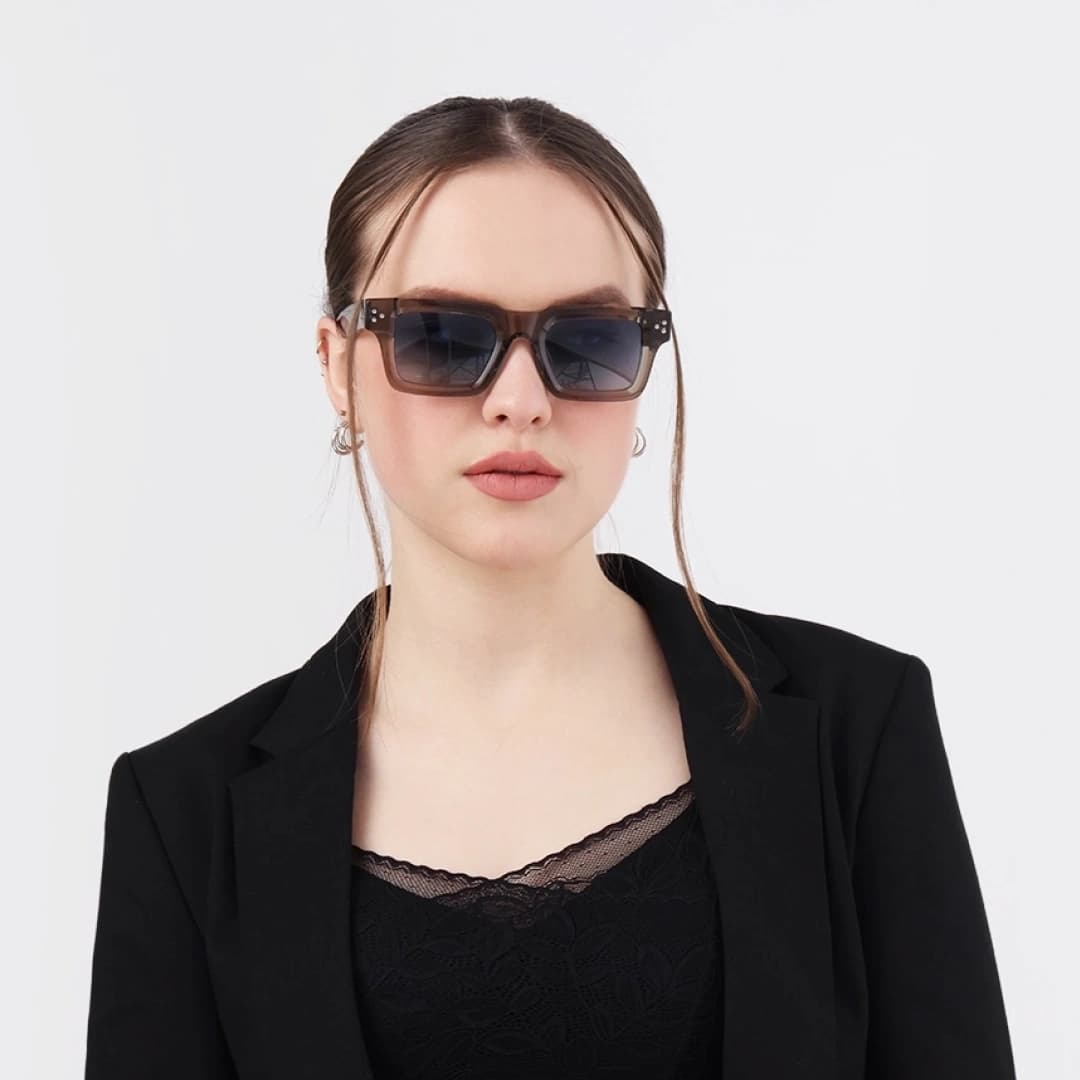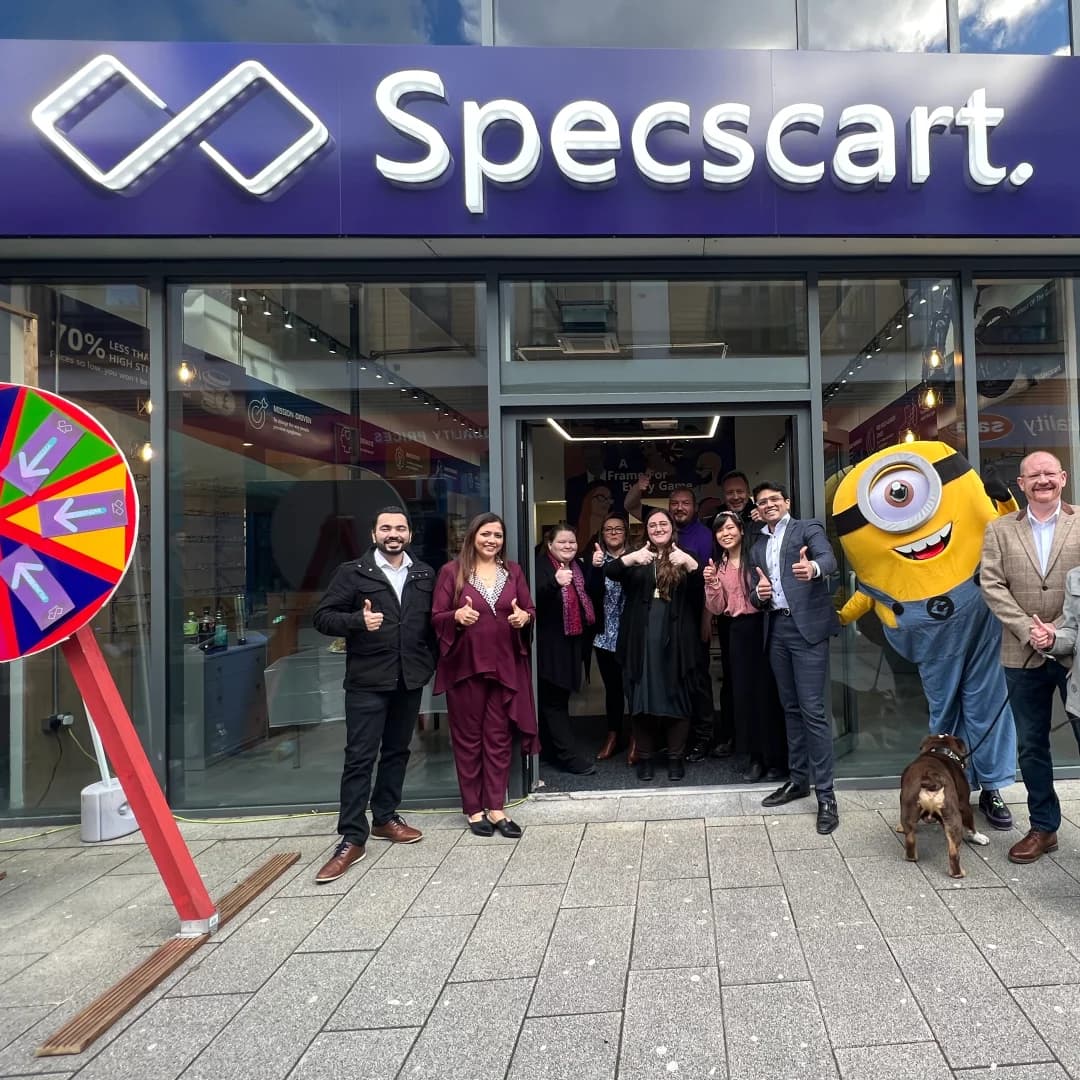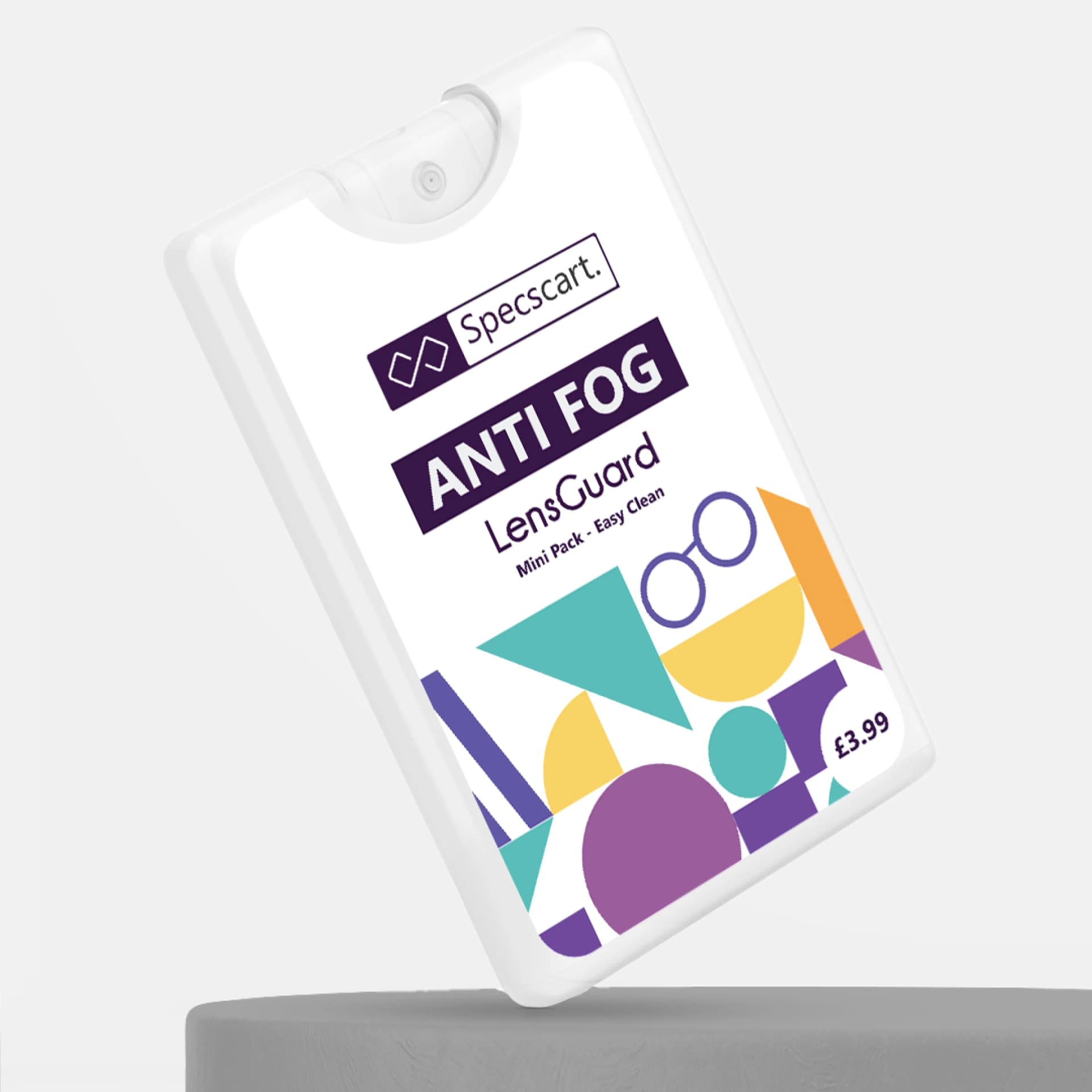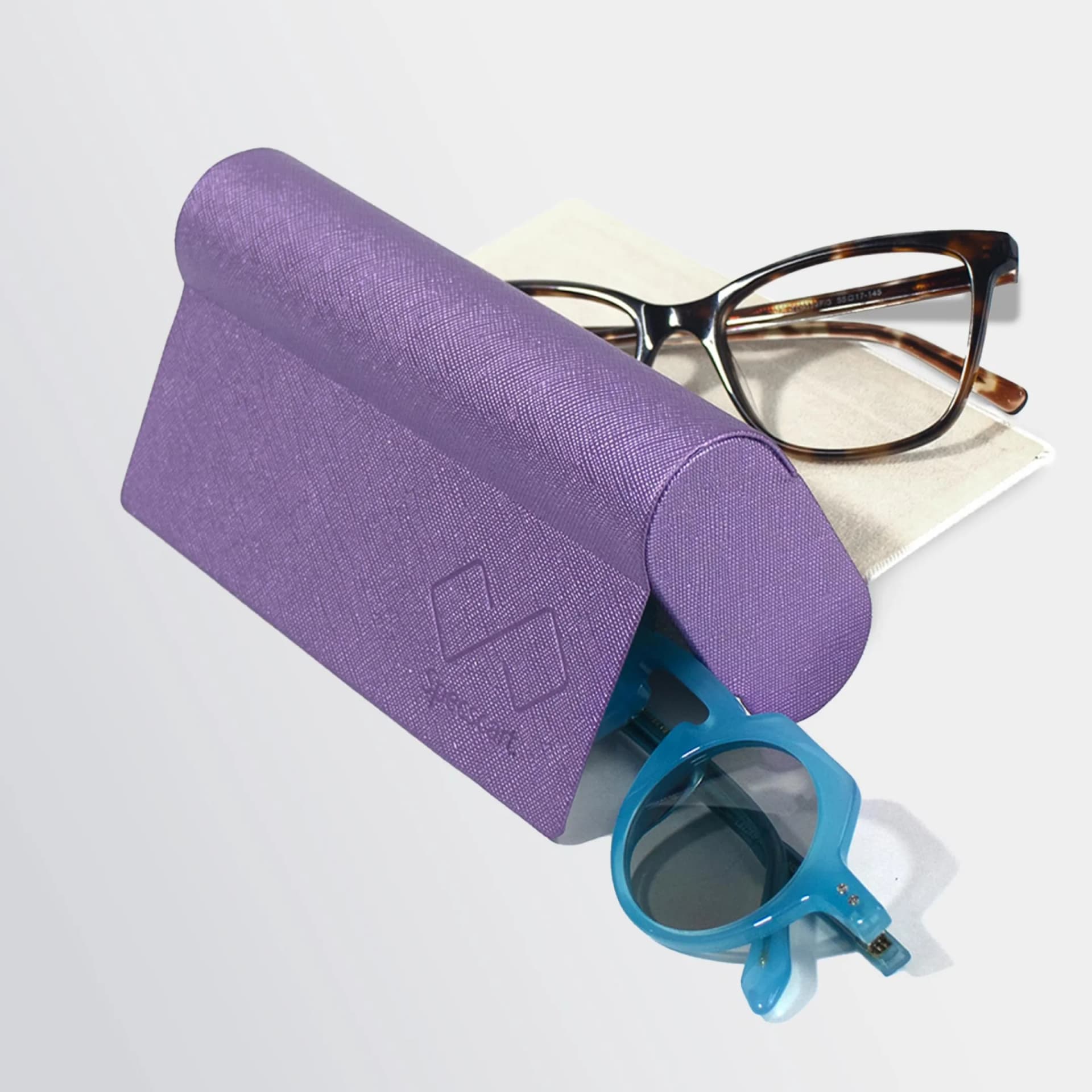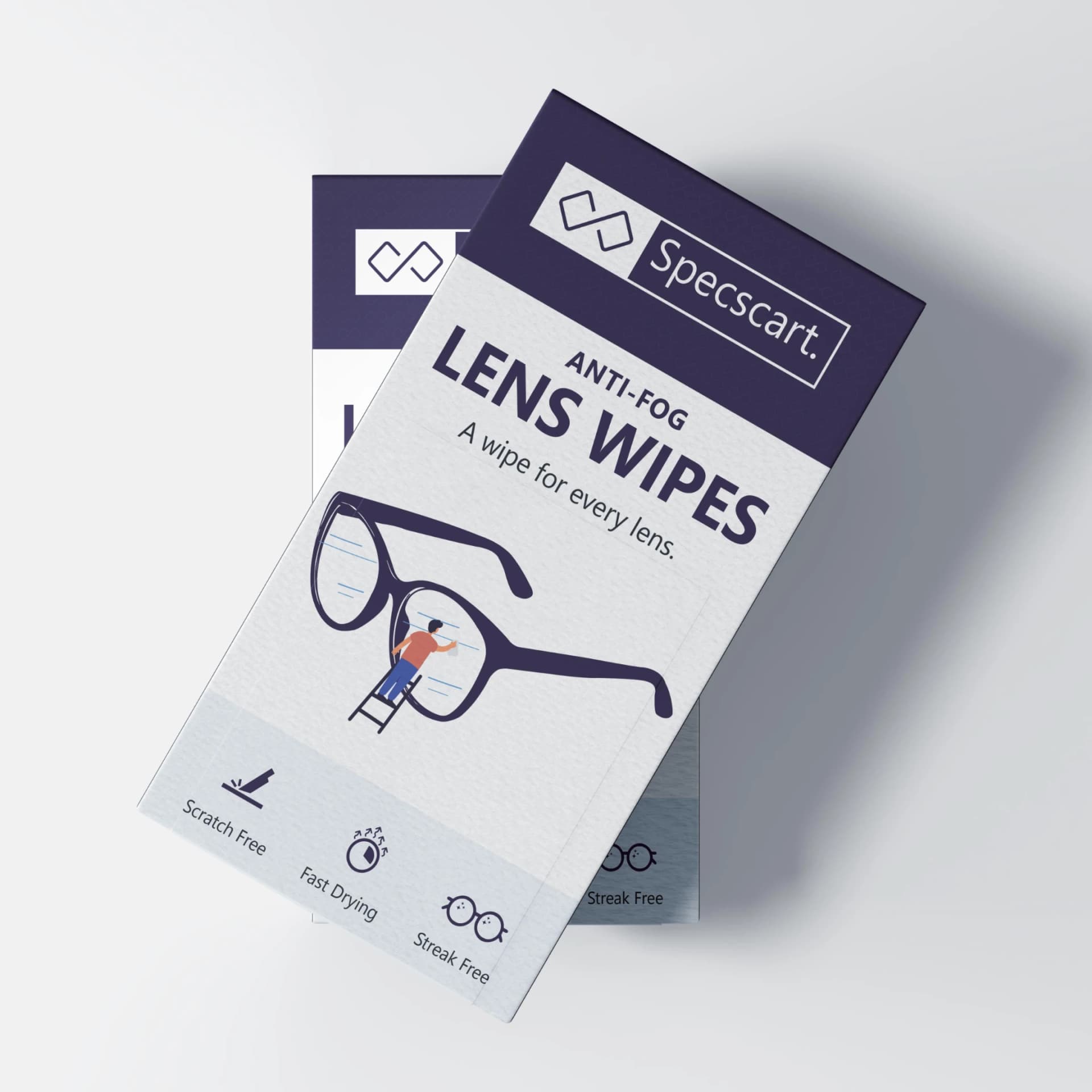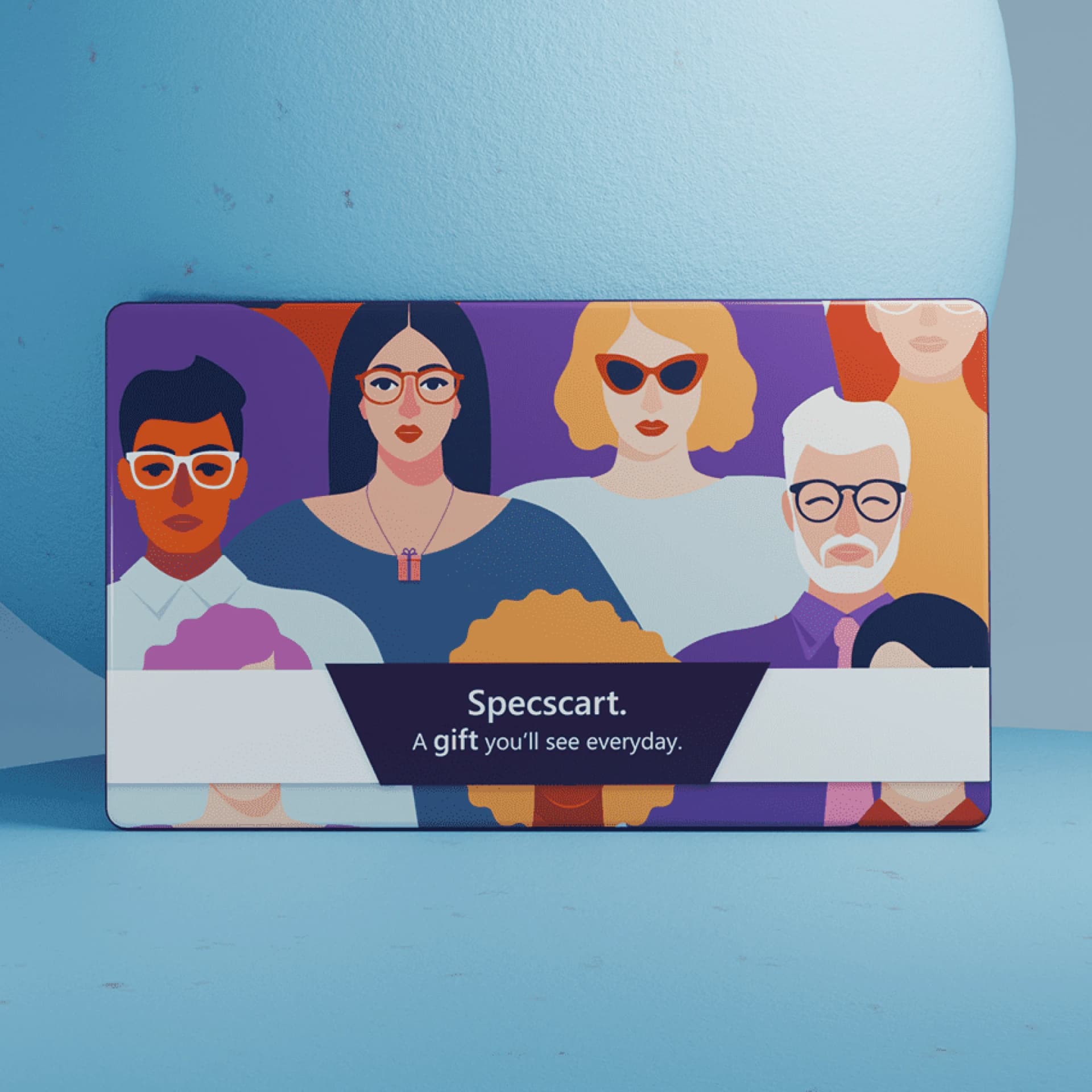Imagine the world without eyeglasses; most of us would not have seen the beauty of the world with clear vision. The pair of eyeglasses that sit on your face seems like a basic thing, but it goes through a long manufacturing process. From frames to lenses, each element of your glasses involves both art and science. It goes through a process which starts from finding the right frame to making the right lenses for your prescription and needs. In this blog, we will deep dive into the process of making prescription eyeglasses.
What are Eyeglasses Made Of?
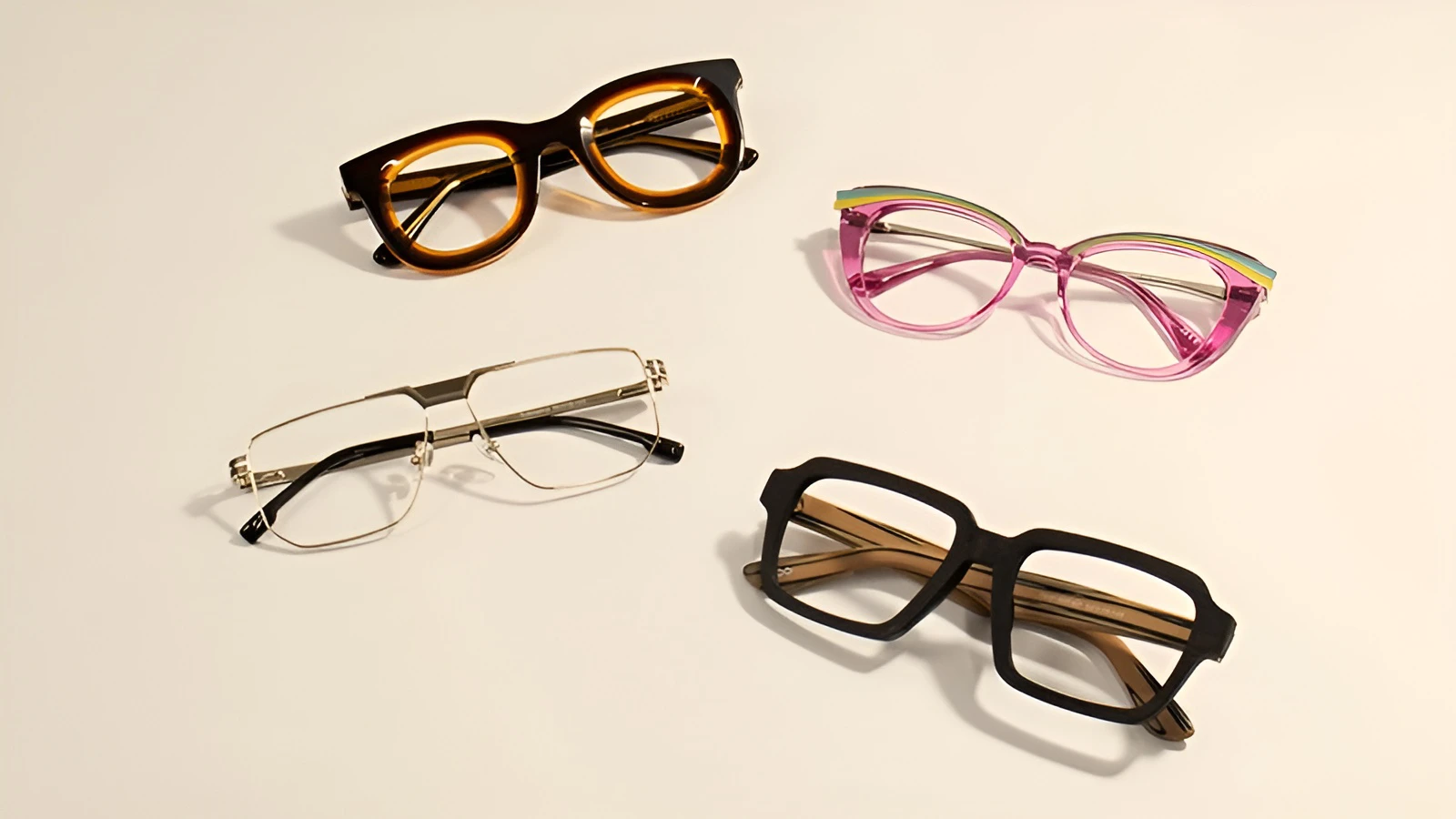
Prescription eyeglasses are made from two things: frames and lenses. Lenses are the corrective tool used to offer clear vision, whereas frames are responsible for holding lenses and adding structure to your look. Together, they make a combination of prescription glasses.
Eyeglasses frame
There are different types of materials that are used in making eyeglass frames, and some of them are mentioned below for your understanding.
Metal Frames: Metal frames are usually preferred because they don’t lose their quality even after much wear and tear or bad weather conditions. They are durable, corrosion-resistant and hypoallergenic.
Acetate: Acetate frames are made from plant-based cellulose and are far more premium and lightweight than the regular, cheap plastic ones. The material is flexible, highly durable and does not lose its colour even after prolonged use.
Wood: It is an eco-friendly material that is good for both your skin and nature. Just like other materials, it is also lightweight and offers a unique appeal to your overall look.
Types of lenses
When it comes to lenses, there is so much more than you can imagine. Here are some of the types of lenses you must know.
Non-prescription lenses: Also known as plano lenses, these have zero power and are used for various purposes, like style and protection.
Single vision lenses: To correct vision imparities like myopia or hyperopia, these lenses come with a single prescription power.
Bifocal lenses: Bifocal lenses feature two distinct viewing zones, one for distance and one for near vision, separated by a visible line across the lens.
Varifocal lenses: For those who need vision correction for both distance and near tasks without a visible dividing line between viewing zones, varifocal lenses are the ideal choice.
Get to know in detail about the types of lenses and coatings in our recent blog!
The Process of Making Eyeglasses
Now that you know what eyeglasses are made of, let's get to know the process of making them.
Frame inspection and tracing
Once you have chosen the right pair of frames for yourself, the people at the lab will make sure it is perfect for use. They will inspect the frames for their quality and check if each element, from temples to nose pads, is intact.
Once the frames pass this inspection round, the Optometrist uses a machine to trace the size and structure of the frames. This is required to make sure your prescription or reading lenses are cut using the right dimensions and shape.
Making the lenses
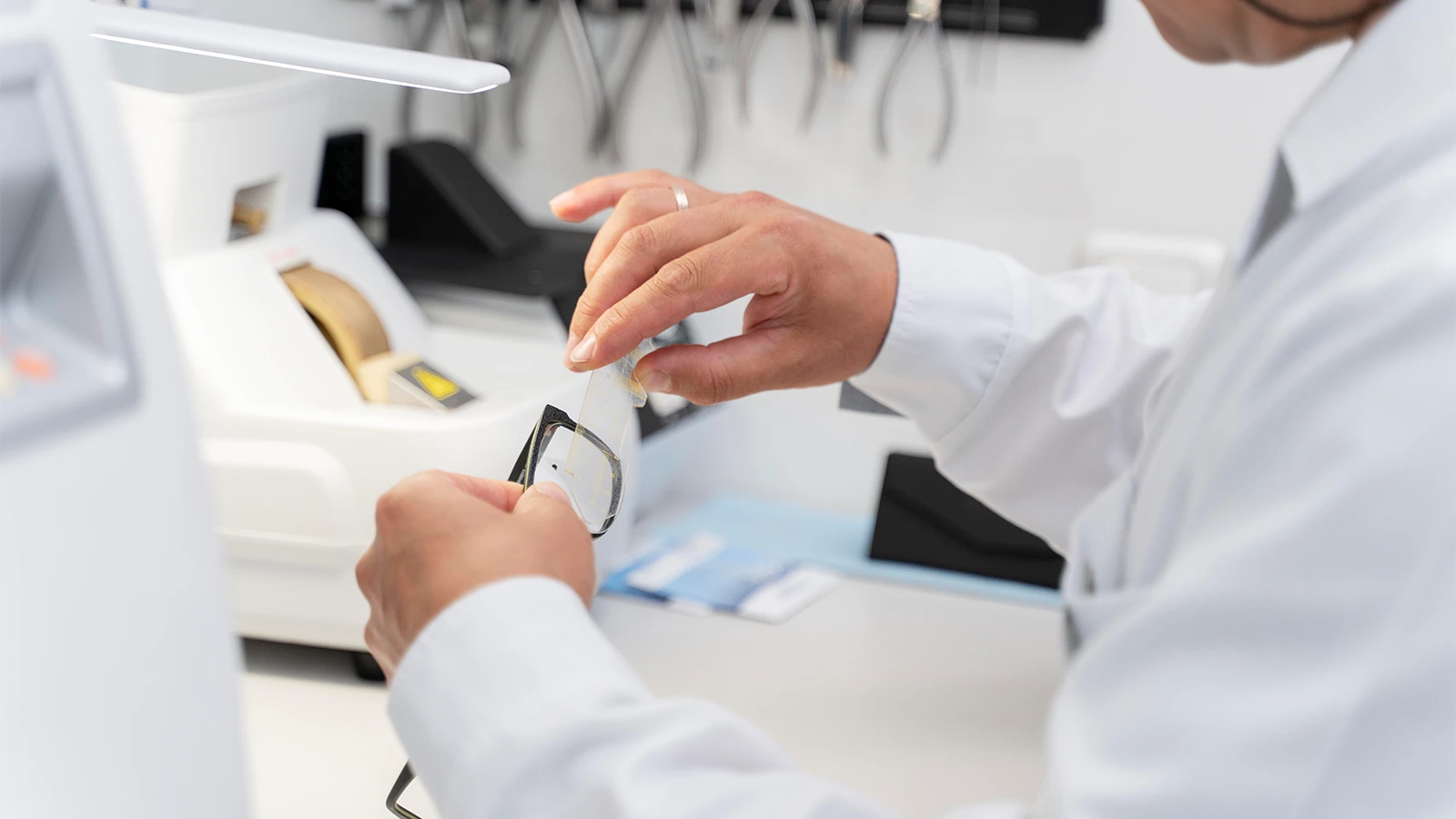
The preparation to make the lenses with the right power starts with thick blanks of lenses. These blanks are raw material for your final lenses. For instance, if you need blue light-blocking glasses, they will start from special X-blue lens blanks.
After choosing the right lens blank, they are cut according to the prescription. This happens with the help of extreme heat and force, and that’s how the process of blocking is done. This involves attaching a block to the lens that can help it stay in the same position during the process of grinding.
Once that is done, your lenses go through the edging process. In which the smoothening and polishing of lenses is done to ensure they fit perfectly in your chosen frame. Later, the lenses are cleaned and inspected for any issues that might have occurred during the grinding process. In case any flaw is detected, the process is repeated with a new blank.
After this, the lenses go through the process of hard coating to make them more durable and enhance consistent vision quality throughout the lens surface. Later, they are sent for protective coatings where anti-glare, anti-UV, anti-scratch, impact-resistant, and hydrophobic coatings are applied to the lenses. Lastly, they are checked with a Focimeter for the 3-point check to ensure the prescription is accurate.
Assembling the eyeglasses
Finally, your fully loaded lenses are cut according to the frame size that was traced before. An experienced Optometrist will then use their skills to fit the lenses properly in the frames, and there you go, your eyeglasses will be ready.
Summing up
Now you know what glasses are made of. It’s a combination of frames and lenses according to your prescription and need. From choosing the right blank to blocking, grinding, and assembling, now you know what goes into making them. At Specscart, your glasses are handcrafted to the highest standards of British precision in our state-of-the-art Manchester glazing lab by optical technicians with a combined experience of more than 100 years. We also offer a free try-at-home service, in which you can choose 4 frames of your choice and we will send them with 3 lenses and a UV Pen for 7 days, with free shipping both ways.
Unlock a £10 gift voucher instantly when you follow us. Just hit us up over DM and we will reply back with an exclusive code.
Caution: You may become style obsessed
Your way finder
2000+ Trendy Styles

Fashion Forward Sunnies



































